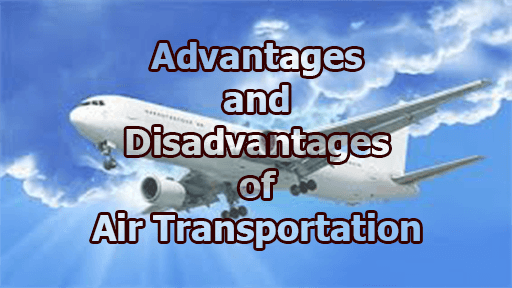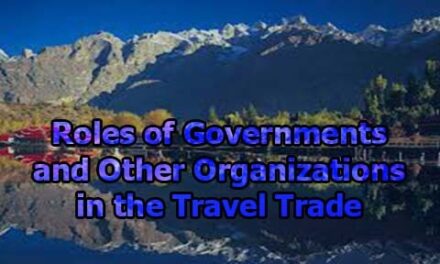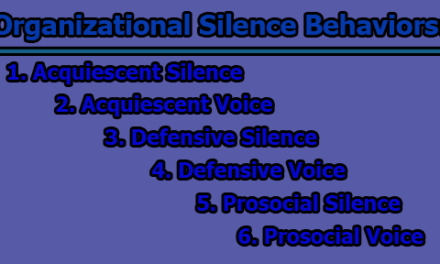Advantages and Disadvantages of Air Transportation:
Air transportation, a vital component of the global transportation network, has revolutionized the way people and goods are moved across the world. With its speed, accessibility, and widespread connectivity, it offers numerous advantages but also comes with its fair share of disadvantages. Here are some of the necessary advantages and disadvantages of air transportation:
Advantages of Air Transportation:
1. Speed and Efficiency: One of the most significant advantages of air transportation is its unparalleled speed. Aircraft can cover vast distances in a matter of hours, making it ideal for time-sensitive shipments and for people who need to reach their destination quickly. This efficiency is particularly crucial in emergencies, where rapid response and transportation are essential.
2. Global Connectivity: Air transportation has the unique ability to connect even the most remote and geographically isolated regions to the global network. This is essential for tourism, trade, and humanitarian efforts, as it allows people and goods to reach any part of the world relatively easily.
3. Safety: Contrary to popular belief, air travel is one of the safest modes of transportation. Strict regulations, advanced technology, and rigorous maintenance procedures ensure that airlines maintain high safety standards. This makes it an attractive option for travelers and companies transporting high-value goods.
4. Predictable Schedules: Airlines operate on fixed schedules, which makes planning trips, both for individuals and businesses, more predictable. Passengers can choose from various flights to match their schedules, while companies can rely on regular cargo flights for their logistical needs.
5. Reduced Traffic Congestion: Air transportation is immune to traffic congestion, which is a significant issue in road transportation. This not only saves time but also reduces fuel consumption and greenhouse gas emissions.
6. Accessibility to Remote Areas: Airports can be built in remote areas, opening up new opportunities for economic development and tourism. This accessibility can revitalize struggling regions and reduce dependence on traditional industries.
7. Cost-Effective for Long Distances: For long-haul travel or freight shipments over extended distances, air transportation can be more cost-effective compared to other modes. When time is of the essence, the costs associated with delays in shipping can quickly outweigh the higher costs of air travel.
8. Flexible Routes and Versatility: Airlines can adjust routes quickly to respond to changing demand, weather conditions, or emergencies. This adaptability is a crucial advantage when compared to other fixed-route transportation modes.
9. Reduced Pilferage and Damage: Airlines maintain strict security and handling procedures, resulting in lower rates of pilferage and cargo damage compared to other transportation methods.
10. Technological Advancements: Ongoing technological advancements in aviation, such as fuel-efficient aircraft, improved navigation systems, and enhanced communication networks, continue to enhance the efficiency and sustainability of air transportation.
Disadvantages of Air Transportation:
1. High Costs: The most significant drawback of air transportation is the cost. Flying, whether for personal travel or cargo shipments, is often more expensive than other modes of transportation. High fuel costs, maintenance expenses, and stringent security measures contribute to these elevated costs.
2. Environmental Impact: Air transportation is a major contributor to greenhouse gas emissions. The burning of aviation fuel releases significant amounts of carbon dioxide and other pollutants into the atmosphere, contributing to climate change. Efforts to reduce the industry’s environmental impact, such as the development of more fuel-efficient aircraft, are ongoing but face challenges.
3. Limited Cargo Capacity: While aircraft can transport goods quickly, they have limited cargo capacity compared to ships or trains. This limitation can make air transportation less cost-effective for large, bulk shipments.
4. Weather-Related Delays: Air travel is highly susceptible to weather-related disruptions. Adverse weather conditions, such as thunderstorms, fog, or heavy snow, can lead to delays and cancellations, causing significant inconveniences for passengers and logistics issues for cargo companies.
5. Security Concerns: In the post-9/11 world, security measures at airports have become more stringent. While this is essential for safety, it can be time-consuming and intrusive for passengers. Additionally, security costs add to the overall expense of air travel.
6. Limited Accessibility: While major cities and regions are well-connected by airports, many smaller towns and remote areas lack direct air access. This means that travelers or shippers may need to rely on other transportation methods for the first and last legs of their journeys.
7. Noise Pollution: Aircraft produce considerable noise pollution during take-off and landing, impacting both the environment and nearby communities. Efforts are ongoing to develop quieter aircraft, but this remains a challenge.
8. Economic Vulnerability: The airline industry is highly sensitive to economic fluctuations, fuel prices, and geopolitical instability. Economic recessions or geopolitical tensions can lead to reduced demand and financial instability for airlines.
9. Congestion at Major Airports: While air transportation can avoid traffic congestion on the roads, major airports often face congestion of their own. This can lead to delays in take-off and landing, increasing travel times.
10. Limited Flexibility for Certain Cargo: Some types of cargo, such as oversized or extremely heavy shipments, may not be suitable for air transportation due to restrictions on cargo size and weight.
In conclusion, air transportation offers a wide range of advantages, including speed, global connectivity, safety, and predictability. However, it also comes with its share of disadvantages, notably high costs, environmental concerns, and weather-related disruptions. The choice to utilize air transportation depends on the specific needs of travelers and businesses, weighing the benefits against the drawbacks to determine the most suitable mode of transport. Additionally, the ongoing development of more fuel-efficient and environmentally friendly aircraft, as well as improvements in air traffic management, may help address some of the disadvantages associated with air transportation in the future.

Assistant Teacher at Zinzira Pir Mohammad Pilot School and College










